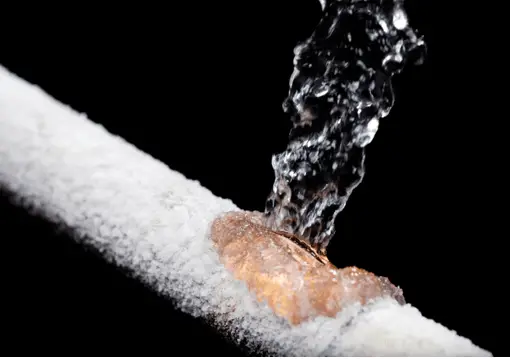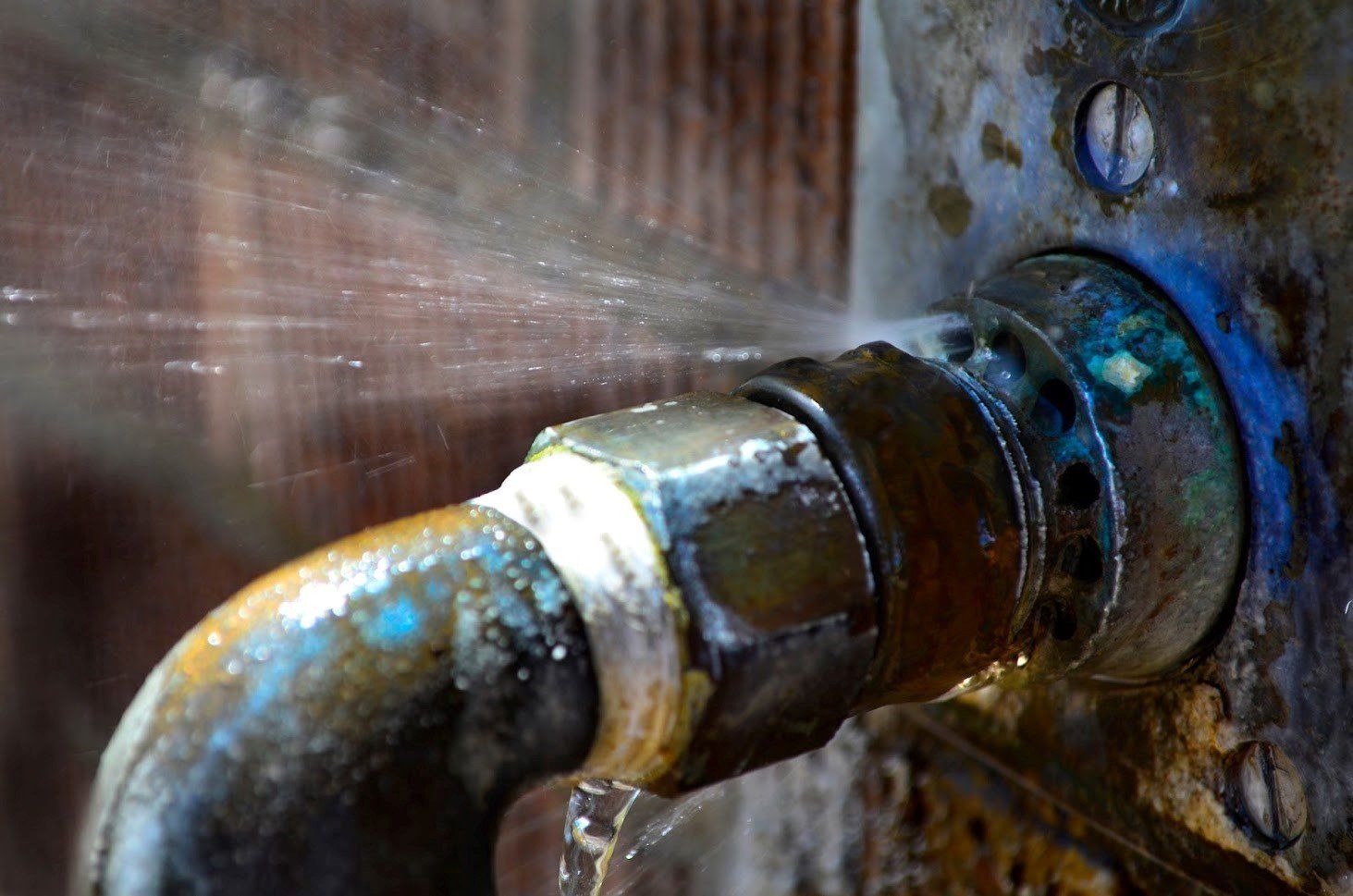Quick Guide: Identifying as well as Repairing Ruptured Pipes in Your Home
Quick Guide: Identifying as well as Repairing Ruptured Pipes in Your Home
Blog Article
We've found this great article about How to install a dishwasher safely down the page on the net and decided it made perfect sense to discuss it with you on this page.

A burst pipe is a major emergency; you can just stand as you enjoy water you pay dearly to reunite with the planet. In worse cases, you notice a swimming pool on your cooking area flooring, which is a terrific trip risk, especially if you have children around. If the pipeline that ruptured remained in your walls, bad news: you might require to paint that entire section.
How can a calamity like a ruptured pipeline be stopped and managed? Well, by paying attention to your specialist emergency plumbings and adhering to these guidelines.
How do I know when my pipelines have burst?
Fluctuating water stress
Pipelines do not just burst in a day. You may have seen that your cooking area tap or shower doesn't run quickly when you transform the faucet. It may stop for a few seconds and afterwards blast you with more force than typical.
In other circumstances, the water may seem regular initially, then decrease in pressure after a few secs.
Wet wall surfaces as well as water stains
Before a pipeline bursts, it will certainly leakage, many times. If this relentless leaking goes undetected, the leak may finish into a vast laceration in your pipe. One very easy way to prevent this emergency is to watch out for wet wall surfaces ad water discolorations. These water spots will certainly lead you right to the leak.
Puddles under pipelines as well as sinks
When a pipe ruptureds, the outflow creates a pool. It may show up that the pool is growing in dimension, as well as no matter the amount of times you mop the puddle, in a couple of minutes, there's an additional one waiting to be cleaned up. Frequently, you might not be able to map the puddle to any noticeable pipelines. This is an indicator to call a professional plumber.
Untraceable trickling noises
Pipeline bursts can happen in one of the most unpleasant areas, like within concrete, inside walls, or under sinks. When your house goes silent, you might have the ability to hear an irritatingly persistent trickling noise. Also after you've inspected your shower head and also kitchen area faucet, the trickling may proceed.
Beloved reader, the trickling may be coming from a pipeline inside your wall surfaces. There isn't much you can do about that, other than inform an expert plumber.
Turn off the Water
When water ices up, it expands in volume by concerning 9 percent. And it broadens with incredible pressure: The pressure inside pipes might go from 40 extra pounds per square inch to 40,000 psi! No pipe can hold that much pressure, so it bursts. The break might occur where the ice types, yet regularly, it occurs where water pressure discovers a weak point in the pipe. That may be inches and even feet from the icy area. Locate the water shutoff valve and shut off the water to stop more damage. You could also need to turn off the power as well, depending upon where the leakages takes place and exactly how large it is.
Infected water
Many people presume a ruptured pipeline is a one-way outlet. Rather the contrary. As water drains of the hole or wound in your plumbing system, contaminants discover their method.
Your water might be contaminated from the source, so if you can, inspect if your water storage tank has any kind of problems. However, if your drinking water is provided and also detoxified by the city government, you should call your plumber right away if you see or scent anything amusing in your water.
What do I do when I detect a burst pipe?
Your water meter will continue to run even while your water wastes. To lessen your losses, locate the major controls and also turn the supply off. The water mains are an above-ground structure at the edge of your residential or commercial property.
How to Fix & Detect a Leaking Pipe
How Do I Know if a Pipe is Leaking?
Leak detection tests can help you determine if your pipe has a leak. Even if you don’t see an apparent leak, you should still conduct leak detection tests regularly to save water and money—and prevent major damage to your home.
Water meter. It can be helpful to figure out what your usual water meter usage numbers are and then monitor them regularly. To monitor your meter, first, turn off all water faucets in your home. Check the meter and write down the numbers. In a few hours, check the meter again. If the numbers have changed, you have a leak. Water gauge. Use a water gauge to test your water pressure. Your showerhead should produce a certain amount of water pressure based on its model and design. If the pressure is lower than it is supposed to be for that specific showerhead, your home likely has a leak. Puddles. Look inside your bathroom, laundry, and kitchen sink cabinets. Puddles around the cabinets or around toilets, tubs, showers, and washing machines indicate the presence of a leaking pipe. You may also notice loose tiles, peeling or flaking paint, or mold caused by water accumulation. Napkin test. Even if you don’t see any puddles, you may still have a leak. You can test for water leaks in the bathroom, laundry, and kitchen by wiping below-sink connections with a napkin, paper towel, or piece of toilet paper. If it becomes damp, you probably have a leaking pipe under the sink. Discolored walls. Walls that are discolored—usually with brown or yellow stains—or bulging might mean that they have been impacted by water damage caused by a leaking pipe. Smell. A leaky pipe will create sitting water, and over time, that water may develop a musty smell. If your home smells musty, but you can’t locate the source, it may be due to a leak. Steps for Fixing a Leaking Pipe
A leaky drain can be remedied by tightening the pipe base, replacing the drain seal, caulking the rim, and tightening the pipe nut. Similarly, a leaking toilet pipe can be treated by tightening the packing nut. You may also need to replace the valve. A leaky faucet may just need tightening or replacement of the washers. If that doesn’t work, consider replacing your faucet. If your pipe has a hole in it, you may want to use a pipe leak sealer or pipe leak tape. This quick fix for water pipe leaks can also temporarily fix a copper pipe leak. https://www.ahs.com/home-matters/quick-tips/how-to-tell-if-pipes-are-leaking/

As a passionate reader on What to Know Before Installing a Dishwasher, I figured sharing that topic was sensible. If you please set aside a second to share this content if you liked it. I treasure reading our article about How to Prepare for Your Dishwasher Installation.
Course Detail
Report this page